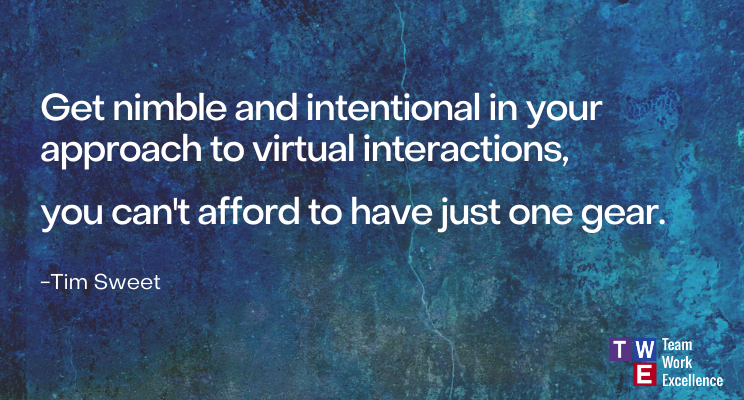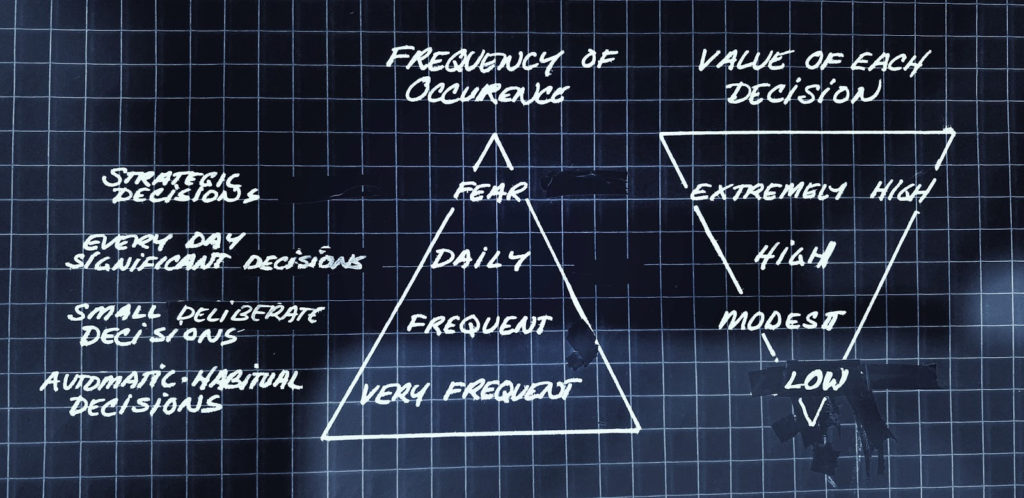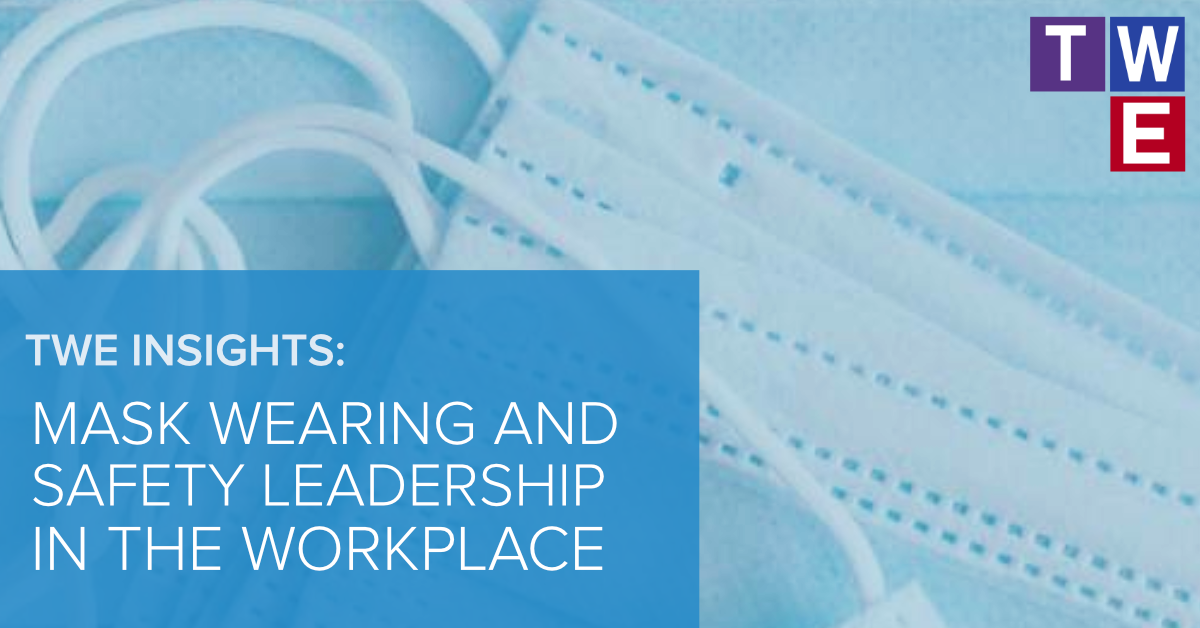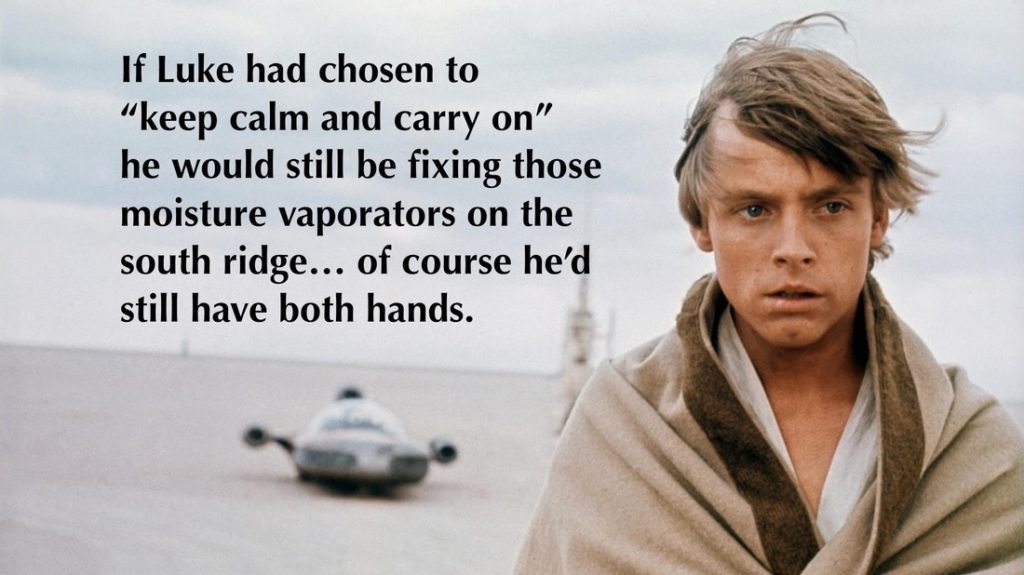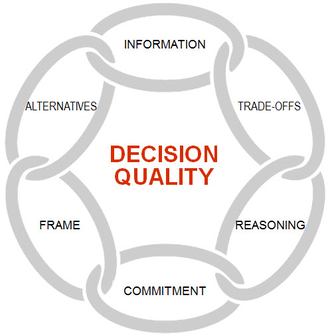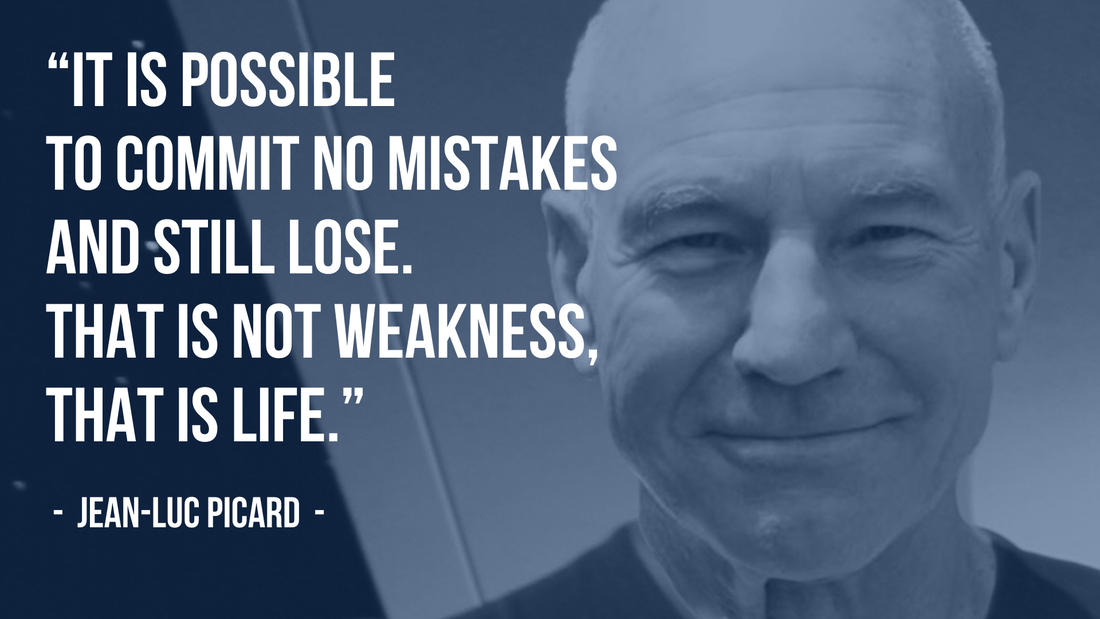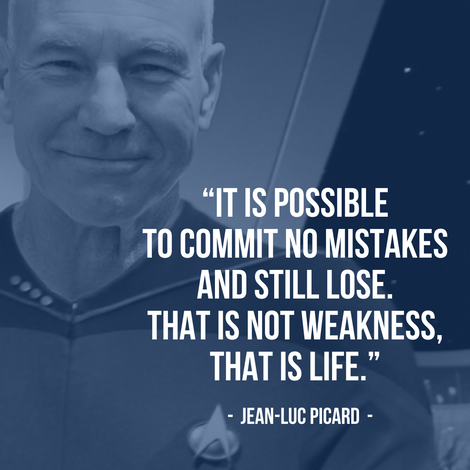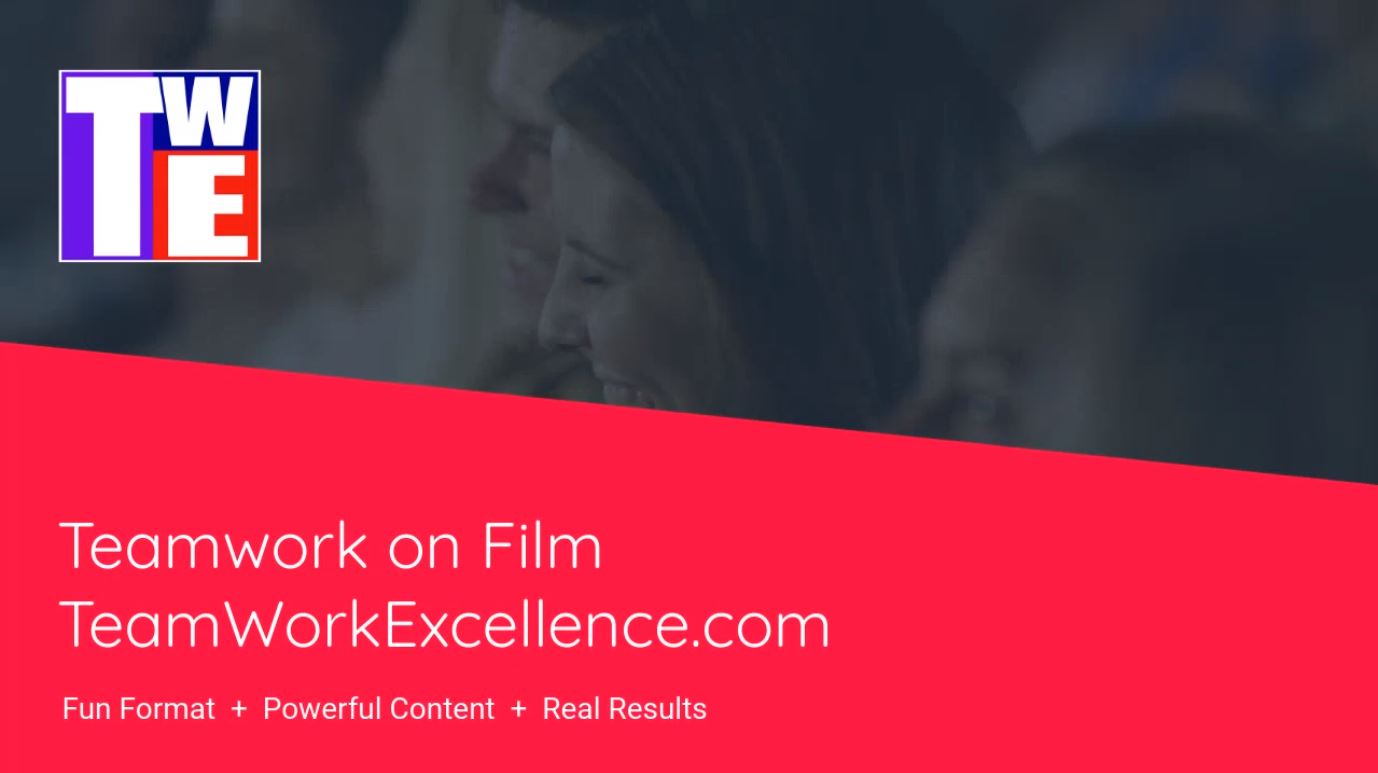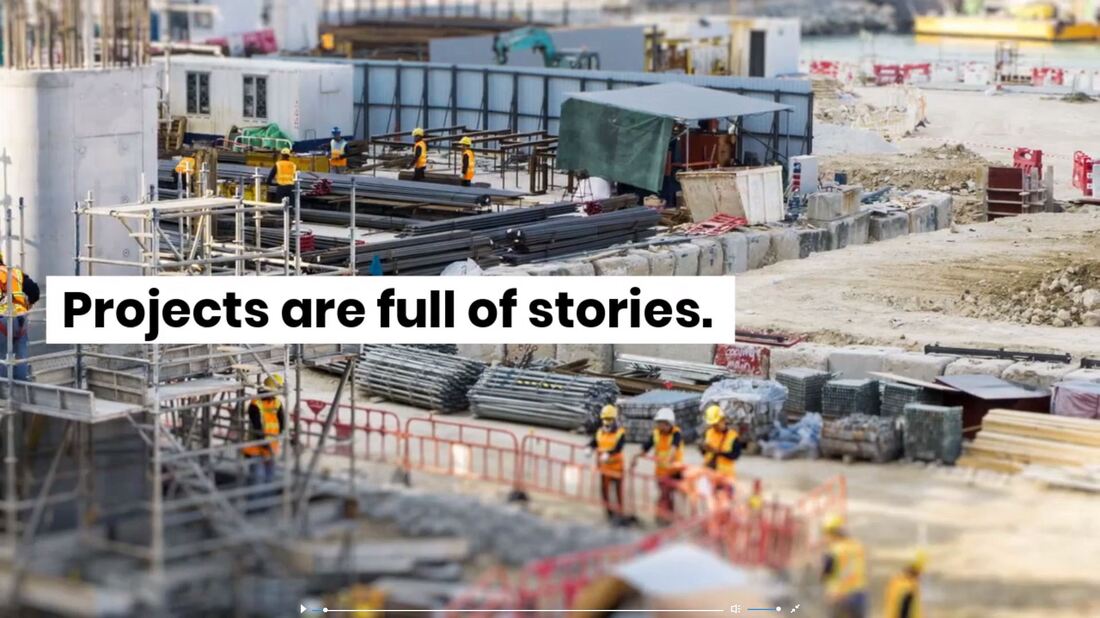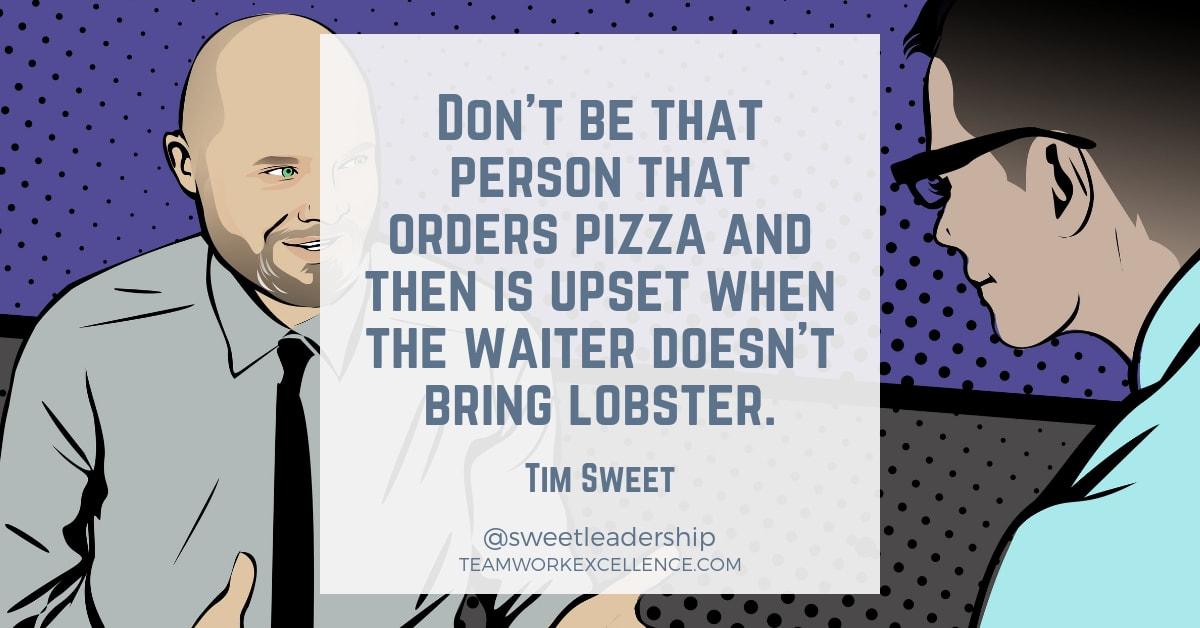Starved For Face-time? These Five Leadership Principles Will End Your Workplace Webcam Woes
Dear Tim,
I want to see my team’s faces when we meet virtually. I feel I have to see them understand how they are feeling. But I don’t want to be labelled as an overbearing dictator that says they must have cameras on, or else. Please help.
— Webcam Wary
Webcam Wary,
There is lots of shallow advice out there about what good leaders never do. One I’ve read is that “leaders should never FORCE a person to turn on their webcam.” Well, duh. Anytime you have to coerce or threaten your employees to do something – you better give your head a shake.
But don’t sit on the sidelines either. Visible, intentional leadership is more important than ever, and there are many options between being an overbearing dictator and saying nothing at all.
Here are five principles leaders can adopt to resolve tensions over these workplace webcam woes:
Look – if it feels uncomfortable or risks to ask for the cameras on, don’t feel bad; you’re not alone. In my experience, leaders who adopt the “no-mandatory-cameras-ever” approach are genuinely trying to protect privacy, feelings, and individual agency; these are the signs of an empathetic leader.
Lead with understanding: Listen to your team’s fears and reasons for their positions, which could be very diverse! Seek to understand their perspective – it may be surprising to you. Then, share with your team the reasons behind your desire to have cameras turned on for certain meetings. Be specific. Your openness here goes a long way. By examining perspectives instead of entrenched positions, you’ll start from a basis of shared understanding.
Eliminate unhelpful pressure: When you stop by someone’s home, you don’t expect perfection. Virtual meetings in ad-hoc home offices require the same graciousness. Normalize less-than-perfect working environments, hairstyles, untimely interruptions from kids or pets. Lead with humour, empathy and lightness. Don’t set an expectation of perfection, and lead by your own imperfect example.
Proceed together: Make time to develop a shared agreement on when and where cameras help collaboration – and when they don’t. Meet as a team to set a new shared understanding of when cameras contribute to work quality, detract from it, or are optional. Don’t get dogmatic or expect a permanent solution. If (when!) things aren’t working out, assemble the team and rework it! We’re breaking new ground here – don’t expect perfection right out of the gate.
Give people tools and support to succeed: On the hardware side, help your staff get equipped to make the best of their working environments. If their audio/video equipment doesn’t work well, or they don’t know how to use it, pushback is inevitable. When it comes to software, use virtual collaboration spaces like digital whiteboards, Google Jamboard, scorecards and dashboards, One-Note, or an open google doc – any of these can provide a collaborative “table” to gather around.
Connect as Humans: Don’t make every interaction business-focused. We have lost the water cooler, the coffee room, the offsite team-building exercise. The nature of working from home is that we have to schedule everything if we’re going to get people together; this makes everything feel like a meeting and feel the same as work. Schedule some fun time. Don’t make it mandatory – make it enticing.
During the covid-19 pandemic, decision-making often requires choosing between less-than-ideal options. What hasn’t changed is that a broad-brush approach is rarely efficient or considerate of true psychological safety. The answer for your team might not be “always” or “never”, but it certainly falls between those two extremes.
Get nimble and intentional in your approach to virtual interactions; you can’t afford to have just one gear!
Work intentionally to find a new normal that works for your team, and you’ll set people up for success now and in the future.
If you’d like to go even deeper on this topic, check out TWE’s recent BrainTrust webinar on leading engaged teams in a webcam world!
Onward!
Tim
